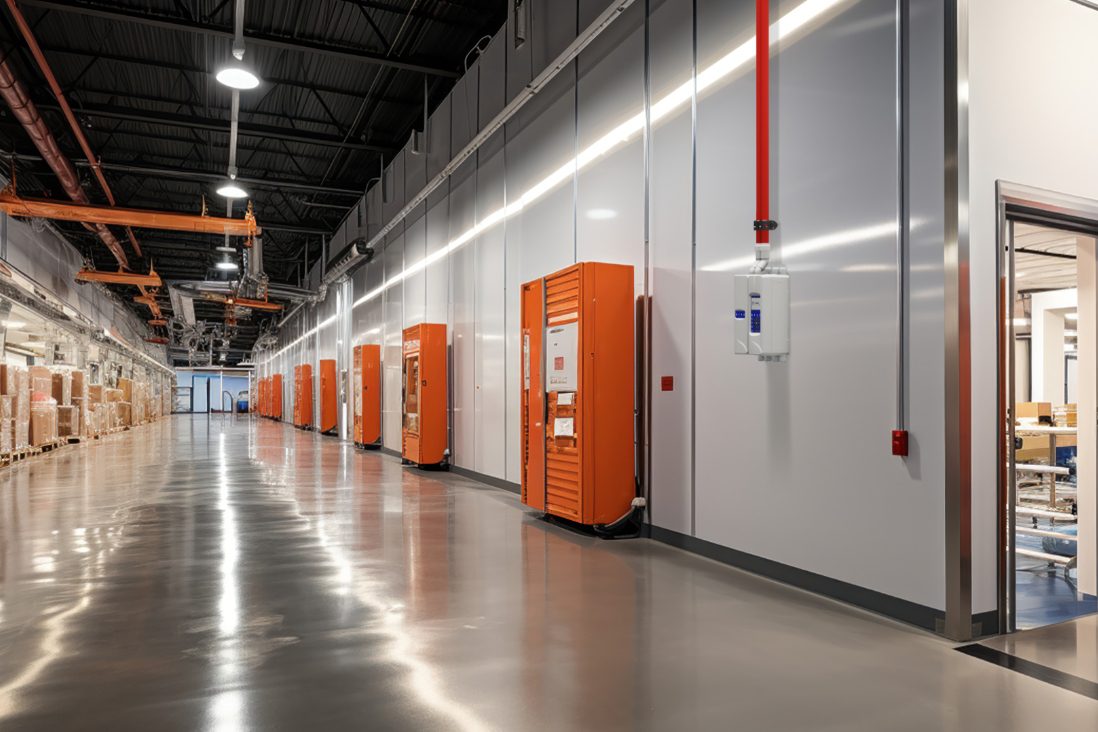A simple incident can be disastrous for something as vital as the supply chain as we have seen with the blockage of the Suez Canal. The essence of that chain is to give companies the certainty that raw materials and components are available in order to produce the finished goods. The pandemic resulted in lockdowns, and a high demand because of digitisation together with economic recovery. This meant that this certainty is challenged. When manufacturers are looking for alternative material and components they can face re-certification of their products, or new developed products cannot be released. As a result of this existing products must stay longer available. The fire safety and security market is highly dependent on electronics and with that the industry is affected by the supply chain crisis.
Supply chains are formed by complex connections between companies. It starts with the raw materials and ends with finished goods for industry and end user. One chain can include up to thousands of companies. This is not a problem because, thanks to proven forecasting methods, the activities of the companies in the supply chain are precisely coordinated. This considers demand, supply, seasonal influences or specific characteristics of regions. What is not considered – and what is not possible – are unknown factors. These can lead to the forecasts no longer being correct. The well-oiled machine of the supply chain then quickly starts to creak and squeak.
Risky dependencies
The consequences of the corona crisis have led many governments to recognise that the high dependence on producers out of one region poses a great a risk to certain sectors. For example, the fact that many European countries have no production capacity for facemasks which were needed during the pandemic, is perhaps the best example of this. For electronic chips and components we face the same challenge; to reduce the risks there is simply a need for more and better distributed production facilities. In the pursuit of lean manufacturing, production has been outsourced to Asia which means that a shutdown of factories in one country can have a global impact. The EU also recognised this even before the pandemic. Accelerated by the corona crisis, the EU is focusing its policy, among other things, on increasing domestic capacity and diversifying the number of suppliers.
Effects on the fire safety and security industry
The supply chain crisis caused by the pandemic also affects companies in the fire safety and security industry. The effects not only concern the manufacturers of equipment but also companies in the field of service and maintenance of systems. Outside this there are other areas that can impact building safety. An example of this is that recommended emergency escape routes that were in place before the lockdowns are now mixed with the one-way traffic signs intended to allow employees to pass at a safe distance from each other.
Manufacturers of electronic fire safety and security equipment are affected by the disruption in transport and shortages on natural resources and core materials. COVID-19 has shown that unexpected events can shatter the basic premise that materials will be easily accessible, disrupting supply chain performance. The chain reaction initially caused by the shutdown of factories in countries effected not only the supply chains but also the workflows within and between companies.
To read more exclusive features and latest news please see our February issue here.
Media contact
Rebecca Morpeth Spayne,
Editor, International Fire Buyer
Tel: +44 (0) 1622 823 922
Email: [email protected]










